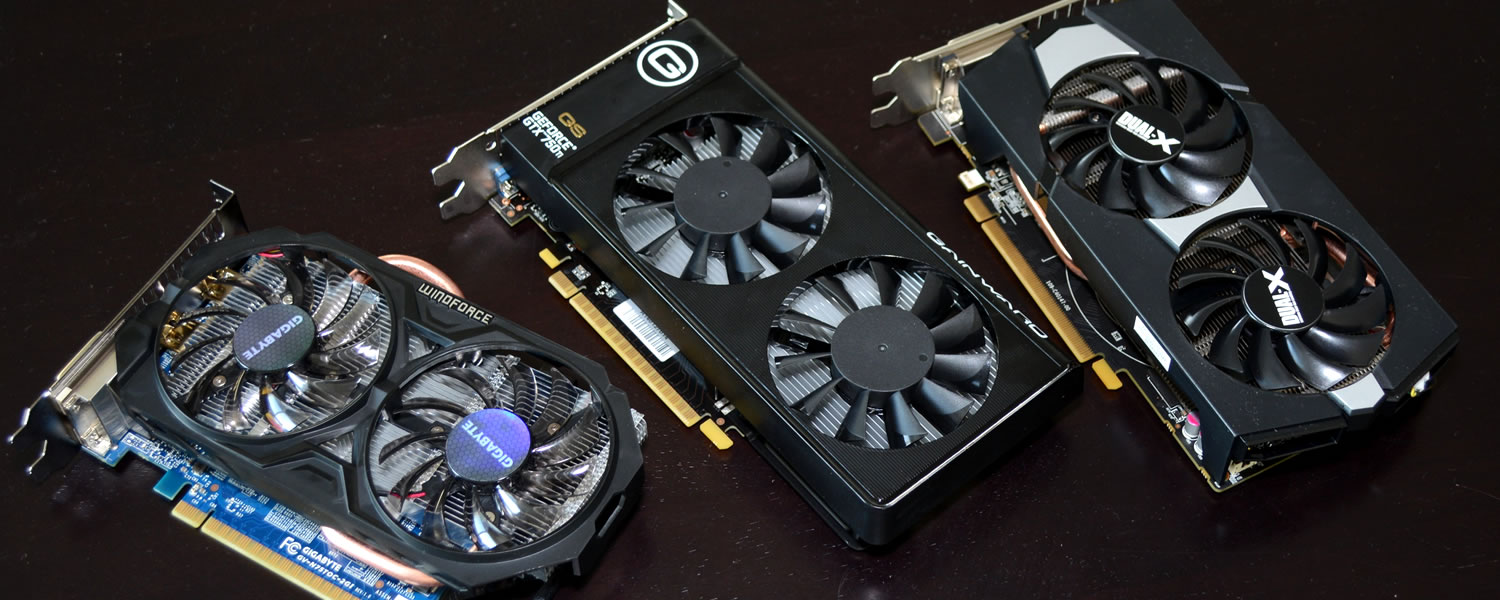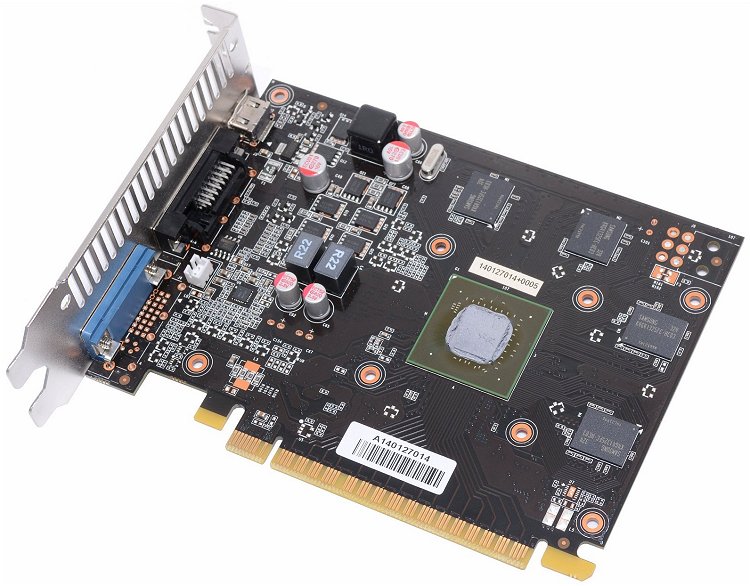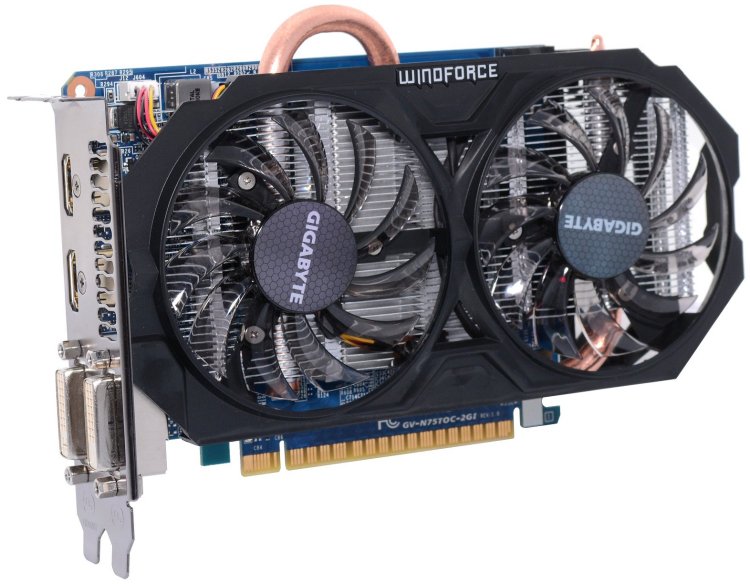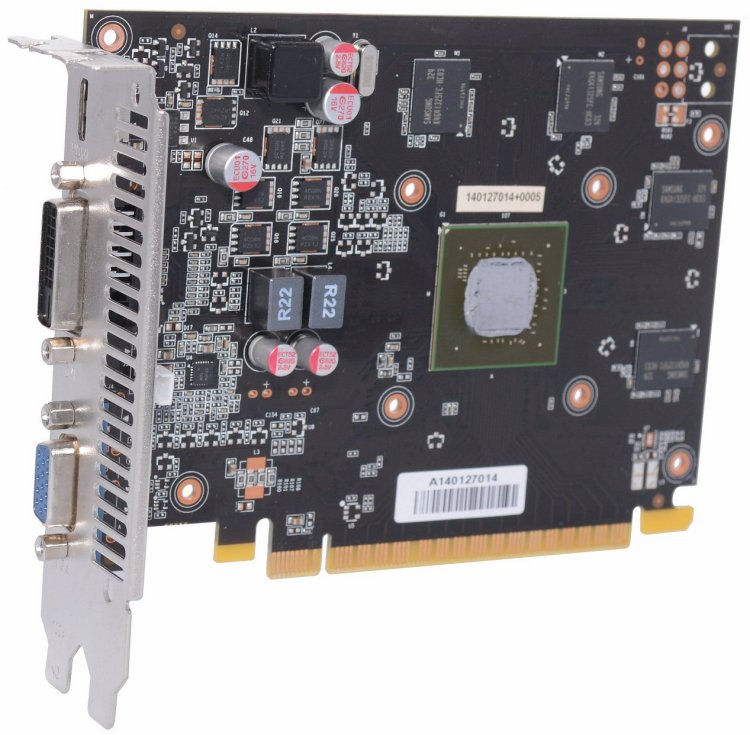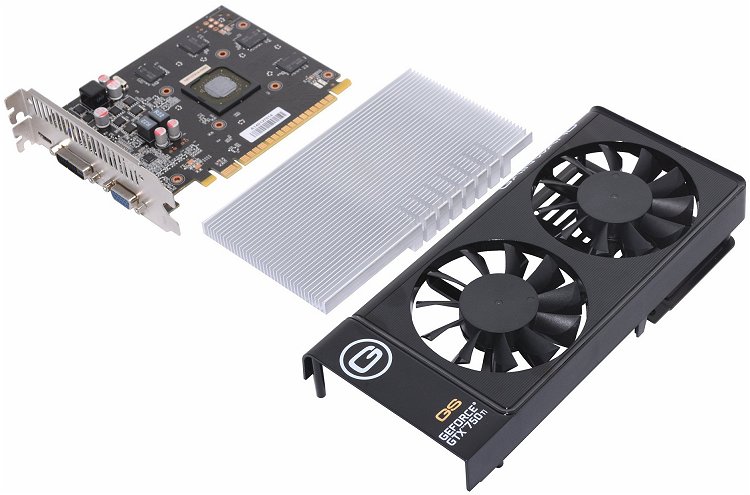Marking the introduction of its Maxwell architecture, Nvidia has targeted AMD's $150 Radeon R7 265 with the new GeForce GTX 750 Ti, a card that promises to be more than another rebadge. The GTX 750 Ti's GM107 is meant to make Nvidia's 28nm design process as efficient as possible by splitting Kepler's 192-core streaming multiprocessor (SM) into four blocks with each block featuring its own control logic.
This is said to boost core utilization and allows Maxwell to do more with less. According to Nvidia's numbers, Maxwell increases the amount of peak performance per core by 35% compared to those in chips built on the previous-generation Kepler architecture. With fewer cores being used to get more performance, Maxwell naturally consumes less power and improves Kepler's performance per watt.
Maxwell brings other improvements as well, but that boost alone suggests that AMD's Radeon R7 265 could be in trouble at today's pricing considering it's essentially a slightly overclocked and steeply discounted HD 7850. However, we can't forget that it hasn't even been two years since the HD 7850 was the best mainstream value going, so we have high hopes for the R7 265 at its reduced price point.
The GTX 750 Ti is designed for gamers who want to enjoy titles at 1080p on normal to high quality settings without breaking the bank. At its heart lies Nvidia's first-generation Maxwell GM107 GPU with 640 CUDA Cores, 40 TAUs, 16 ROPs and 1870 million transistors (25% less than the GTX 650 Ti).
The GTX 750 Ti's memory subsystem consists of two 64-bit memory controllers (128-bit) with 1GB or 2GB of 5.4Gbps GDDR5 memory. This gives the GTX 750 Ti a theoretical peak memory bandwidth of 88GB/s which is comparable to last generations GTX 650 Ti.
The GTX 750 Ti's base clock speed is 1020MHz and its typical Boost Clock speed is 1085MHz, though this is based on the average GTX 750 Ti running a wide variety of games and applications. The actual Boost Clock will vary from game-to-game depending on actual system conditions.
The GTX 750 Ti ships with GPU Boost 2.0 technology which ensures that the card is always running at the highest clocks possible for the very best gaming performance under varied operating conditions. With Boost 2.0, Nvidia guarantees a minimum level of performance no matter the workload or thermal/power conditions.
Perhaps the most impressive aspect of the GTX 750 Ti is its 60-watt TDP rating, meaning it consumes considerably less power than any other GPU in this class. For example, even the old GT 630 has a TDP rating of 65 watts, while AMD's ultra-slow Radeon HD 7670 it rated at 66 watts.
The other advantage to this low power rating is the fact that the GTX 750 Ti is now the fastest GPU that doesn't require a power connector, making it perfect for use in basic (small form factor) PCs that often have 300w PSUs and no PCIe power connector. It's also worth noting that the GTX 750 Ti's 5.7" (145mm) PCB is also ideal for compact builds.
Gigabyte GTX 750 Ti
We were fortunate enough to receive two GTX 750 Tis for testing, one from Gigabyte and another from Gainward. Gigabyte's offering is highly modified and bound to be different than most other versions you'll see at launch with its compact yet beefy Windforce cooler, which slaps a pair of 75mm fans onto a relatively large aluminum heatsink that features a large 8mm copper heatpipe with Heatpipe Direct Touch (HDT) technology.
The cooler is finished with a black plastic fan shroud that is intended to direct airflow over the heatsink, though it seems to be there more for aesthetic purposes.
Gigabyte's GV-N75TOC-2GI also has a unique power configuration. The GTX 750 Ti has been pitched as the world's fastest graphics that doesn't require additional power, but Gigabyte's version has a 6-pin PCIe connector. This is presumably to help with overclocking, which isn't necessarily a bad thing, but it does make this variant of the GTX 750 Ti a little less flexible for lower-end installations.
Extra power or not, Gigabyte's OC Guru II software limited us to a core frequency of just 1168MHz (1246MHz boost) so we weren't able to properly overclock the card and because Gigabyte delivered its card just one day before publishing, we couldn't find a workaround in time.
Also, while it's an "OC" model, Gigabyte's card doesn't feature much in the way of factory overclocking. Its 2GB GDDR5 memory has been left at the default specification of 5.4Gbps, while its core has only been overclocked from the 1020MHz base to 1033MHz, which is a mere 1.3% overclock and 2.4% increase in boost speed.
Despite its deviations, Gigabyte's GTX 750 Ti has a PCB that is 5.7" (145mm) long with an overall card length of 7.4" (190mm), which is still small enough to fit into the most cramped Mini-ITX cases and in line with most other models.
Being that we didn't have to clock it down much for fair results against the Radeon R7 265, we used Gigabyte's GTX 750 Ti to represent the standard GTX 750 Ti's performance.
Gainward GTX 750 Ti GS
Gainward has taken more liberty with factory overclocking its GTX 750 Ti GS, raising the base clock to 1202MHz with a boost of 1281MHz (an 18% overclock) and the GDDR5 memory from 5.4Gbps to 6.0Gbps (11% quicker). Gainward told us that its overclock allows for 15% more performance over cards sticking to the Nvidia specification. Plus, Nvidia is flaunting the GTX 750 Ti as a tremendous overlocker boasting frequencies up to and beyond 1250MHz.
Although the GTX 750 Ti GS has a 5.7" PCB, the card itself measures 10" (245mm) long due to its dual-slot cooler. Gainward has equipped its offering with a quality cooler that should permit solid overclocking.
The cooler only deals with heat generated by the GPU leaving the memory chips and power circuitry without any kind of cooling, though we expect this to be a recurring theme with all GTX 750 Ti cards. Like the Gigabyte card this Gainward version sports two 75mm fans which are enclosed using a black plastic fan shroud and we suspect this shroud actually directs the air-flow over the heatsink.
Overall, the GTX 750 Ti GS is a fantastic looking card that should offer excellent performance at the $150 price point while boasting unrivalled efficiency and overclocking potential.
